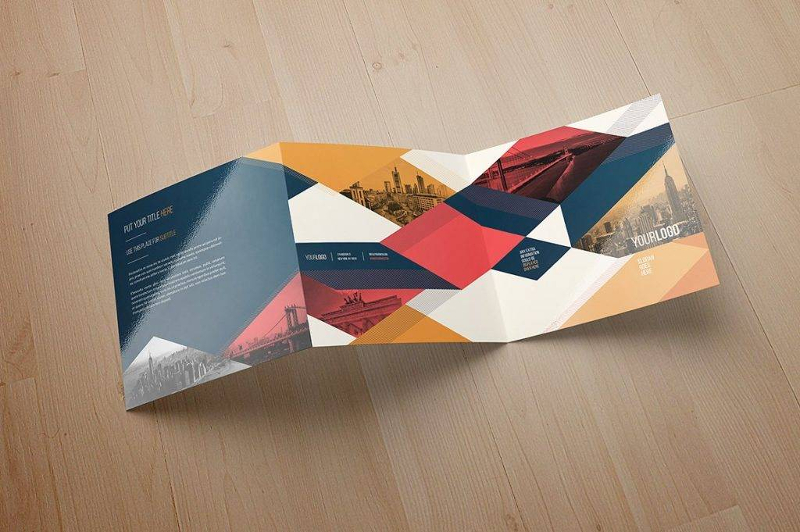There are three main types of pamphlets, each of which are designed to provide a different type of information. They are:
- Civic
- Cultural
- Educational
Let's take a moment to outline the types of pamphlets you'll find in each of these categories.
Civic pamphlets
In history, pamphlets have been useful tools for political causes and protests. A famous example is Common Sense, a political pamphlet written by Thomas Paine in 1775, which advocated for America's independence from Great Britain. Because pamphlets are easy to produce and share, they can spread new ideas quickly.
Town and city administrations can use pamphlets to distribute details about local issues, such as ordinances, upcoming elections and referendums.
Biased pamphlets (especially those political in nature) which exaggerate or distort information in order to promote a particular point of view are called propaganda and are considered highly unethical.
Educational pamphlets
Today, pamphlets can be a valuable tool for non-profit organizations, non-commercial groups, and certain industries such as healthcare. If you've been to a doctor's office, you've likely seen pamphlets designed to inform patients about various medical topics, including:
- Preventative health practices or treatments;
- Symptoms of a particular disorder or illness;
- Explanations of certain medical procedures or tests.
Again, the purpose is to educate and inform, rather than push for a sale. These are only a few examples, and there are many more in other industries.
Cultural pamphlets
Cultural groups might publish pamphlets about different countries and cultures. Information about geography, population, and demographic data provides context to readers who want to educate themselves about a particular place or group of people.
For non-profit organizations, pamphlets can help them raise awareness about issues that concern them, and educate the public on how to help. These pamphlets often contain information about a problem and its proposed solutions, along with contact details, so readers can learn more about how to get involved or make donations.
Religious pamphlets also have a rich history and are still in use today, but they have come to be known more commonly as tracts.
How to make a pamphlet
The process of creating a pamphlet very closely resembles that of making a brochure. The difference lies in intention. Rather than putting emphasis on making a sale, put your emphasis on providing valuable and accurate information about a subject.
In regards to design, you can follow the same steps laid out in our article on
How to Make a Pamphlet, summarized below.
1. Consider your layout / size.
Before you can start designing, you have to decide how big or small you want your pamphlet to be, and how it should be folded.
2. Write compelling copy.
Pamphlets don't offer a lot of space, so each sentence should be purposeful and valuable. Use simple language for the layman that is easy to read and easy to understand.
3. Provide visual interest.
Illustrate your pamphlet with helpful visual elements—like photos, tables and charts—that make it more interesting to the reader.
4. Choose your colors.
Color is closely tied to emotion. Using colors wisely in your pamphlet will enhance the reading experience. For example, high contrast designs (i.e. dark fonts on a light background) are much easier to read.
5. Test-run the print version.
Before you print (or order) hundreds of copies, it's critical to test-run it first. Verify that the finished product meets your expectations.





0 Komentar